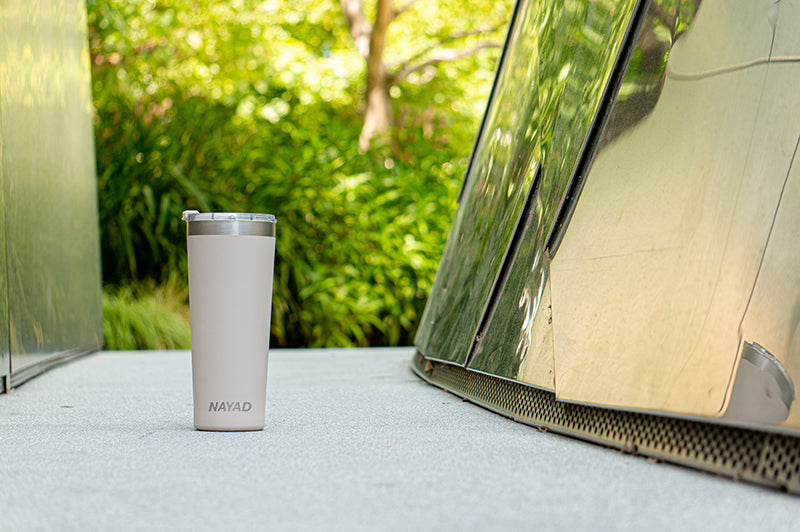Vacuum insulated stainless steel drinkware has become insanely popular and once you actually use one of these high-quality drinking vessels, you’ll quickly understand why. Most vacuum-insulated stainless steel water bottles will keep ice in your drink for up to 24 hours and hot for up to 12 hours.
When shopping for stainless steel tumblers and water bottles, you’ll see descriptions tossed around such as “food grade,” “18/8,” “300 grade” and other industry jargon describing the quality of stainless steel.
But what does that really mean? Are these designations actually different or the same? Or are they simply advertising tactics to make you think a product is better than others?
Let’s take a closer look at what food-grade stainless steel is and the most commonly used types.
Main Properties of Food Grade Stainless Steel
In comparison to other materials, stainless steel has a number of advantages. Stainless steel is great for food-related industries since tools out of the material can be easily cleaned. They are also not susceptible to acid erosion, fire damages and stain. They likewise have an impenetrable surface that makes them great against contamination, which is known to be harmful to food products.
But not all types of stainless steel have these features. There are numerous factors that can determine if they can be used for food applications. One of these factors is the presence of the right amount of chromium. Stainless steel products must have at least 11% chromium so that they can possess great resistance to rust and corrosion. Another factor that must be present is heat resistance. Since food applications must deal with high temperatures, stainless steel products should also tolerate intense heat.
Different Types of Food Grade Stainless Steel
304: Also known as 18/8, 304 is the most popular grade of stainless steel used for vacuum-insulated tumblers and water bottles. Comprised of 18% chromium and 8% nickel, this high-quality steel is resistant to corrosion due to the nickel and can be sanitized easily.
316: Grade 316 stainless steel, alternatively, has a high chromium and nickel content. It also has molybdenum, which enhances its ability to resist more elements than 304 grade stainless steel. Although rarely used in drinkware, 316 grade stainless steel is used for containers for almost all kinds of food products.
200 Series: You may often find stainless steel drinkware and food containers made from 200 series stainless steel. These are typically less expensive (and lower quality) than 304 and 316 grades. Although food safe, water bottles made with 200 series stainless steel are more prone to corrosion and not as high quality as 304 grade.
The Bottom Line: Eco-Friendly and Reusable
There are many reasons why you should use stainless steel water bottles: it’s reusable, saves money, minimizes plastic waste and is better for your health. But not all metal water bottles are equal.
So when you buy a reusable metal water bottle, make sure you choose one that’s made from 18/8 food-grade stainless steel, like our Roamer Bottle and Trouper Tumbler.


